
Christmas is over, and undoubtedly you've indulged (as you should) in generous gift-giving, lavish decorating, and plenty of feasting. But now it's all over, you might have a prickly conscience about how much waste has been generated.
It's a feeling we've all experienced, the guilt of trying to flatten cardboard and compact wrapping paper down, to fit into our garbage cans and recycling.
But it turns out some of this waste can be put to excellent use in the backyard and benefit our winter garden.
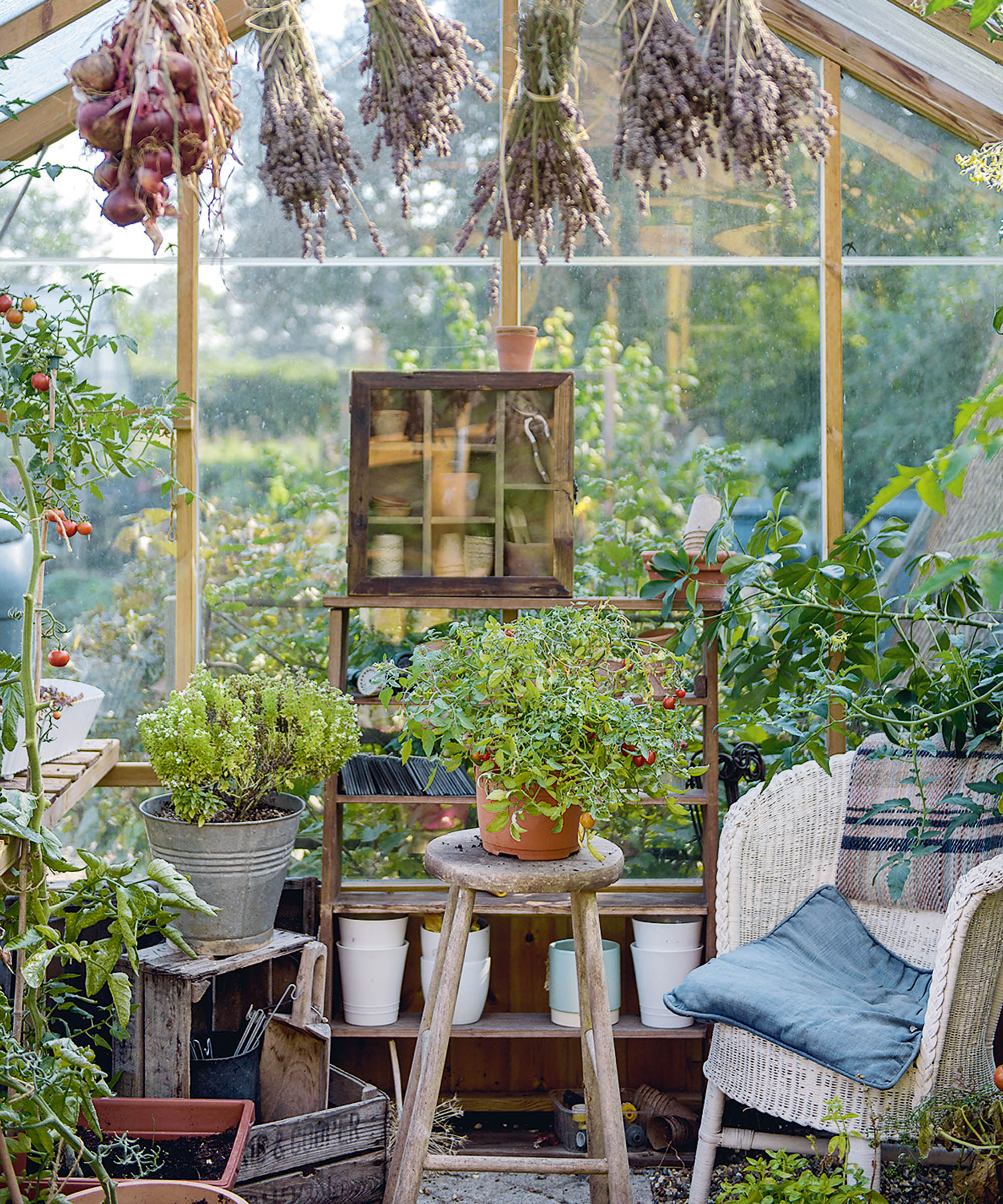
8 useful ways to reuse your Christmas waste in the backyard
'The holiday season can be a fantastic time of year - filled with food, gifts, Christmas decor, and quality time with loved ones. However, it can also feature a lot of waste,' says sustainability expert Jeremy Walters.
'According to a report from Stanford University, between Thanksgiving and New Year, American household waste increases by more than 25%, roughly producing an additional one million tons of waste per week,' he says.
Given the excess waste produced over the holiday period, it makes sense to do our bit by reusing and repurposing these things where we can, and try to increase our sustainable gardening credentials. Here are eight ideas to get your started.
1. Use wrapping paper cardboard tubing for seedlings
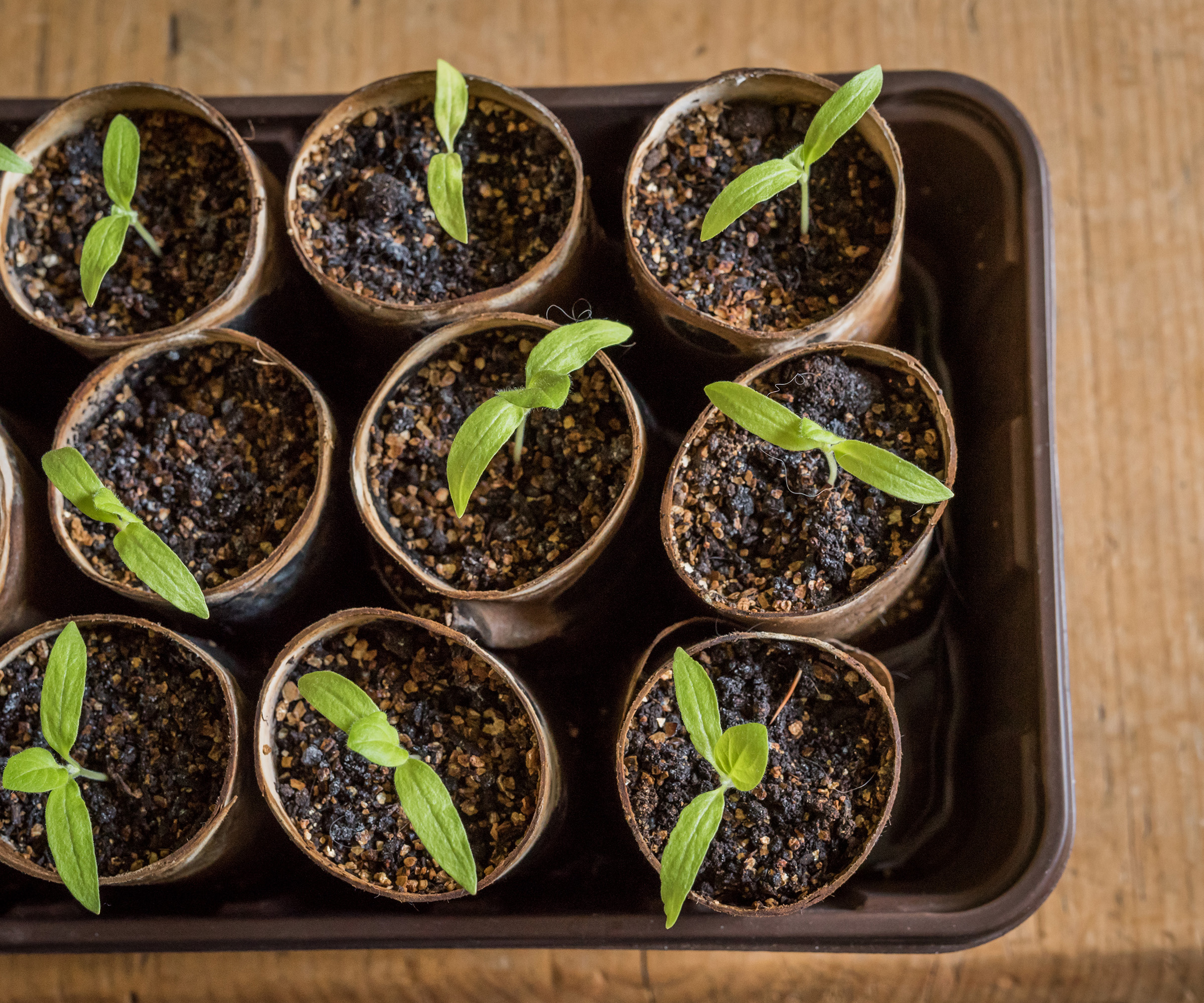
Rather than recycling it, if you cut the cardboard tubing, which holds your festive wrapping paper, into smaller sections, you can use them as eco-friendly pots in which to grow seedlings.
Not only is this an environmentally sound alternative to buying plastic pots, cardboard tubing helps encourage your seeds to grow deep root systems, giving them a better start when you come to transplant seedlings out into your backyard.
Plastic drinking cups and tin cans also make ideal seedling pots.
2. Shred Christmas tree branches to use as mulch

One of the easiest options for what to do with a Christmas tree after Christmas is to use the branches to protect your flowerbeds from the worst of the winter weather in January. Strip the branches from the trunk and lay them on top of your flowerbeds to protect them from frost.
If you have a garden shredder, turning your old tree into mulch to use around your garden is also a great idea. Simply cut the branches off the tree and put them in the shredder one by one. Then scatter the shredded material, mulching around trees and shrubs to improve the soil and suppress weeds.
Pine needles make a great acidic mulch for lime-hating plants including rhododendrons, azaleas and blueberry bushes.
You could also turn your Christmas tree into a climbing plant support idea for flowers or runner beans. Simply strip off the pine needles and some of the smaller branches to create a natural frame.
3. Leave out scraps for the birds
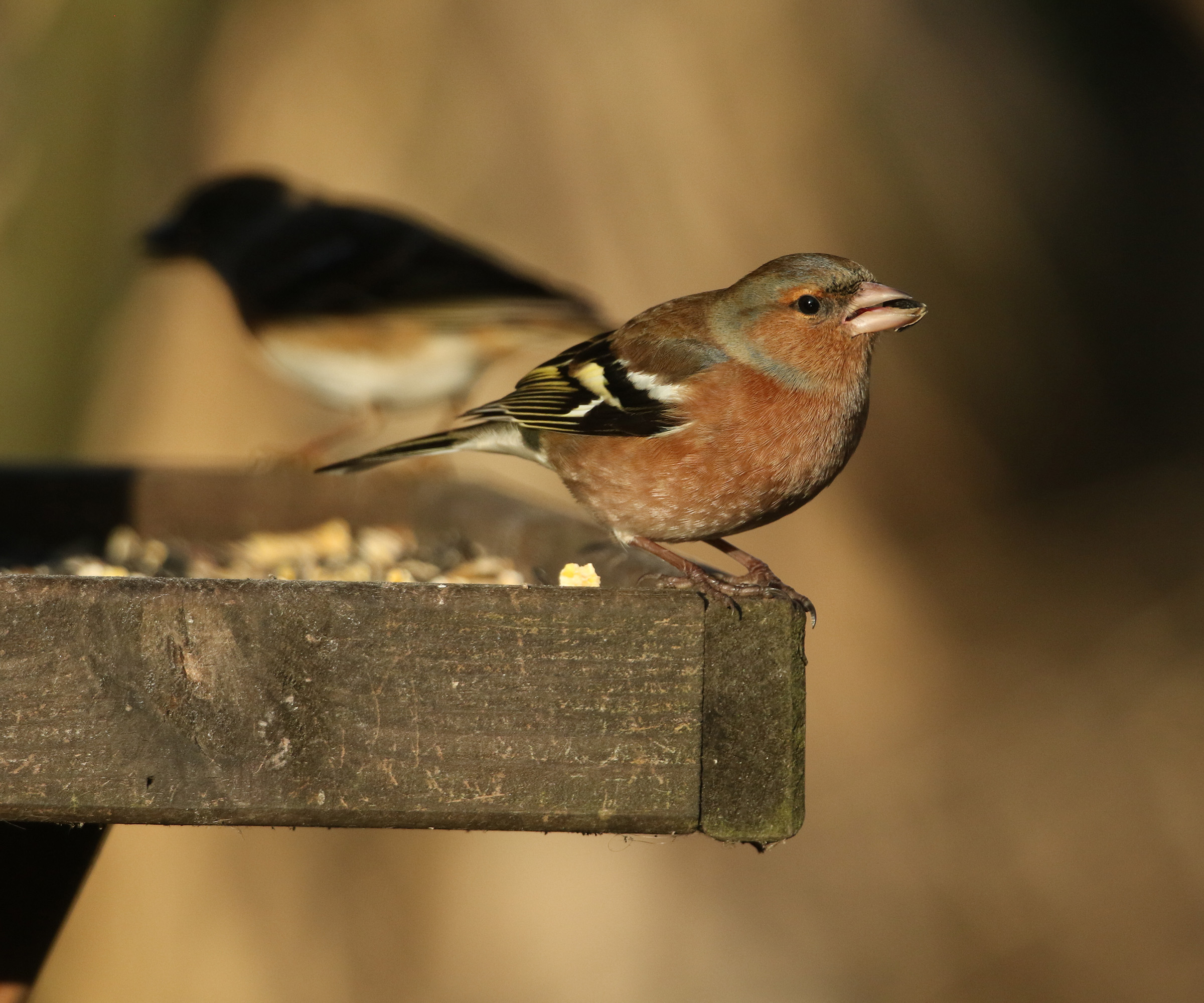
Scraps are fine to leave out for birds as long as they don't contain salt, caffeine or too much dairy. I'd also regard bread as something you should not feed birds.
Cooked meats might attract unwanted pests, and the likelihood is they might contain salt, which is bad for birds.
Save the eggshells from your devilled eggs, or festive baking, as these can be crushed and left out for birds as a great source of calcium. Soften by baking them in the oven for 10 minutes and allowing them to cool.
4. Use bubble wrap for plant protection
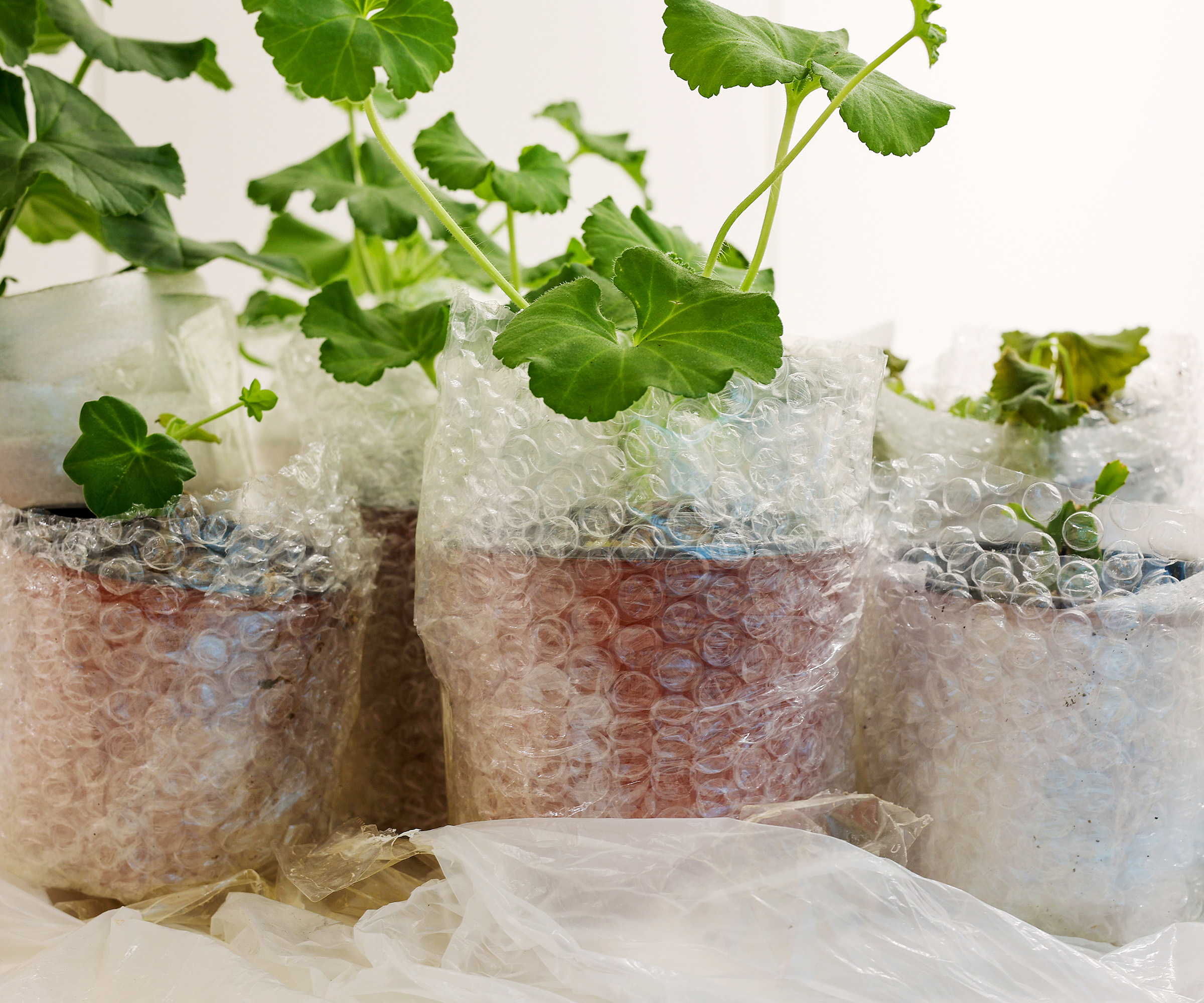
It's still cold outside, so save any excess bubble wrap and use it for providing extra insulation in your backyard.
Whether it's as an inexpensive way of heating a greenhouse, or as an alternative to shelling out dollars for horticultural fleece to wrap up your tender pots, bubble wrap will always come in useful in the garden over cold periods.
5. Add drainage to your pots
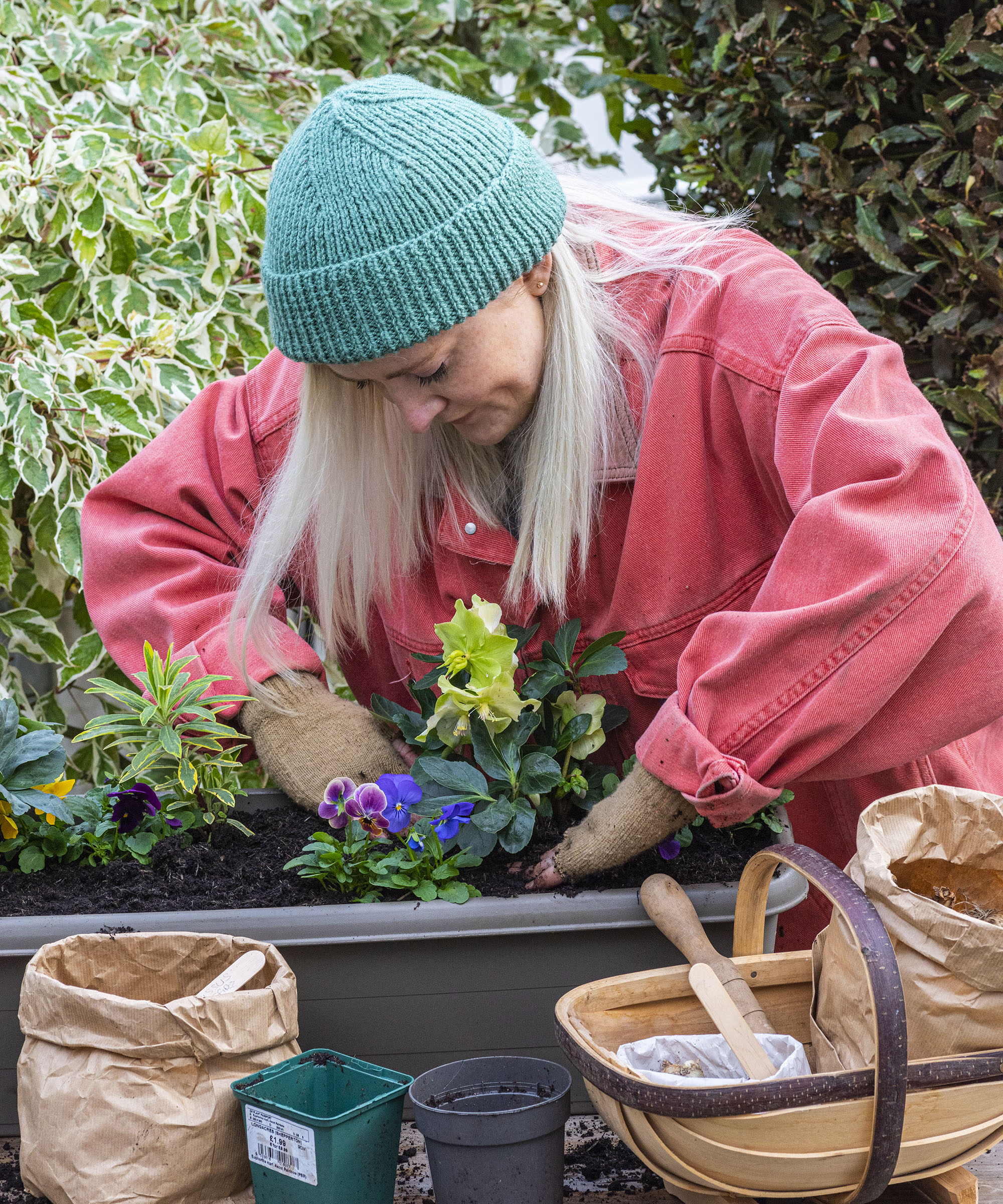
Festive gifts can often come with pesky amounts of polystyrene packaging. This material can't be recycled in most areas, and will therefore end up in landfill.
However, this need not be a total waste disaster, as there are ways of utilizing it in your backyard. 'When you plant a winter container, it should have drainage in place to prevent plant roots getting sodden,' explains garden expert and writer Sarah Wilson.
She advises using broken up polystyrene packaging as crocks, as well as gravel or horticultural grit, to put in a planter for drainage.
6. Save cardboard to start a no-dig patch
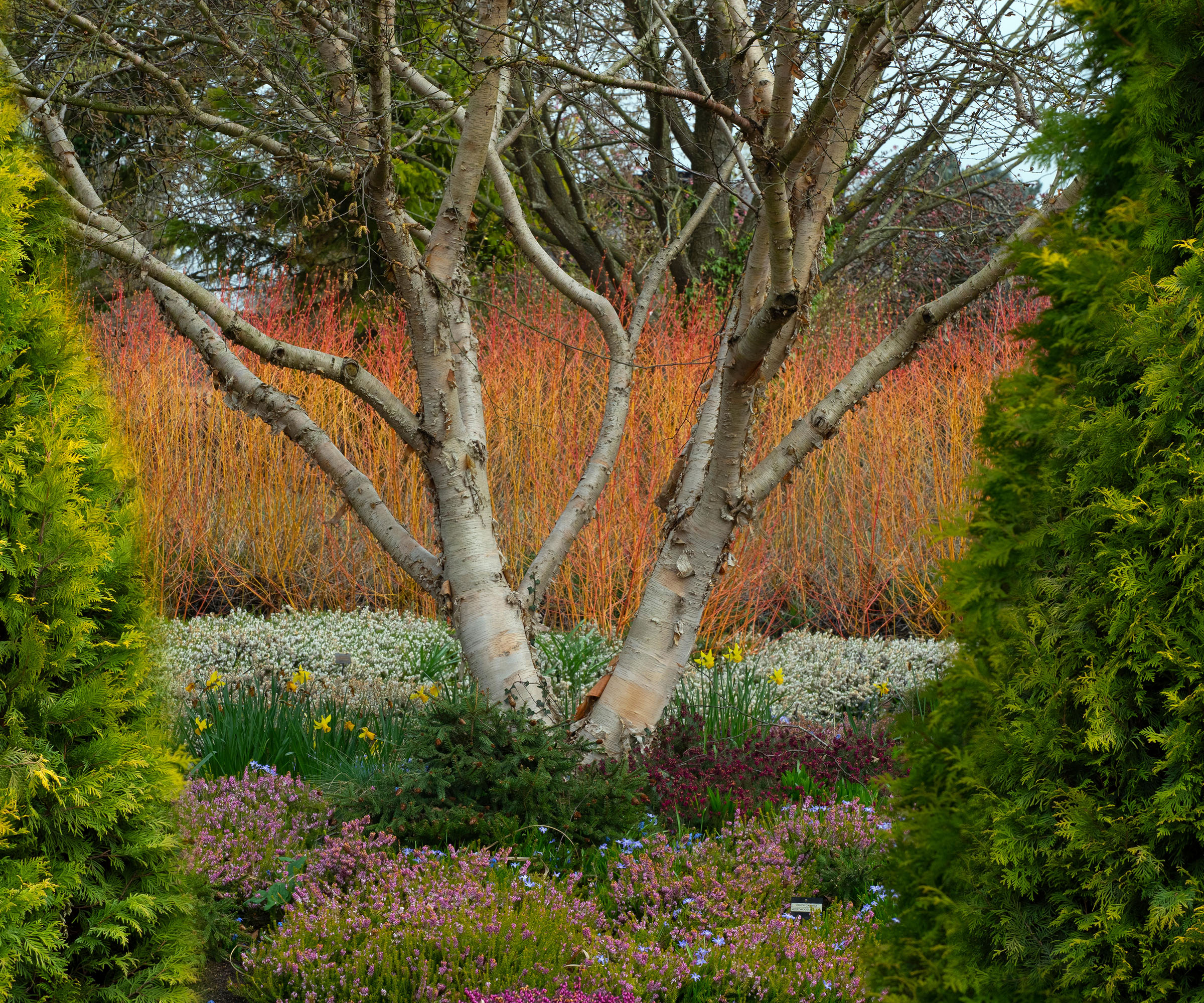
If, like me, you're guilty of placing lots of last-minute orders of gifts you've forgotten to get, it's so easy for a ridiculous amount of cardboard boxes to stack up, that will go straight to the recycling plant.
However, there is a solution. Organic gardening expert Claire Ratinon explains how cardboard packaging can be used to create a no-dig garden bed.
'To create a new no-dig bed on bare soil, first clear the ground of weeds before putting down a layer of cardboard,' she says. 'This should stop the sunlight from reaching any waiting weed seeds and prevent them from growing if they germinate.'
'The aim is for the cardboard to break down eventually, and I’ve found that wetting it helps the process along and means that there’s fewer spaces for slugs to hide out,' says Claire.
'Next, cover the cardboard with a thick layer – around 6in – of organic matter. It might seem like a lot but it’s absolutely worth it. If you happen to be creating new beds in late winter or early spring, I’ve had no trouble planting seedlings out after a month or so of allowing a new bed to settle,' she says.
If you are not already familiar with the no dig gardening movement, make the new year the time you give it a go. It has a huge number of benefits, and is a celebrated method for how to get rid of weeds without using chemicals.
7. Compost your holiday waste
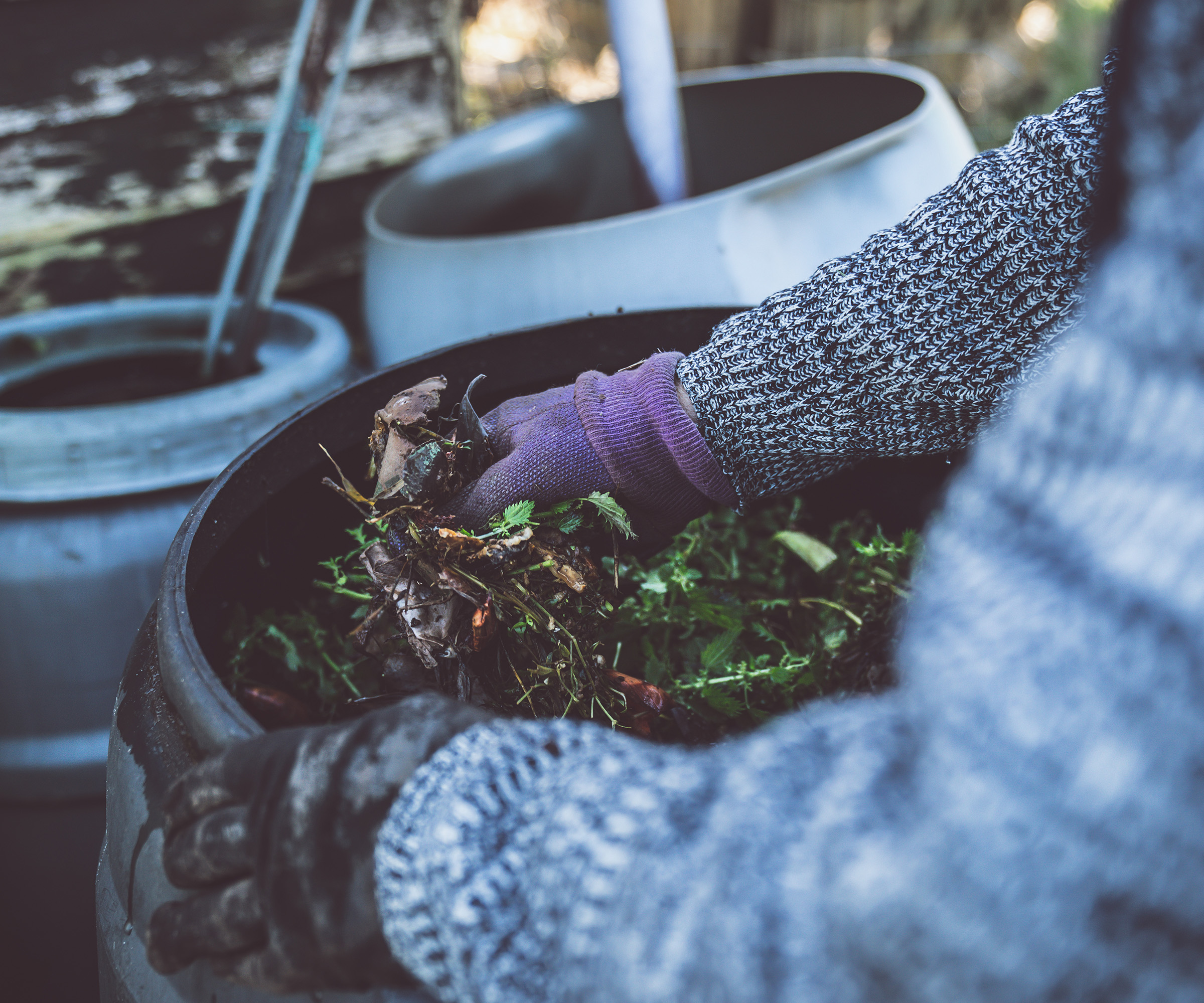
You may not be aware, but paper and cardboard can in fact be added to your compost heap as so-called 'brown material'. This is extra-beneficial as there is inevitably a shortage of green material, at this time of year.
Be sure you only add plastic-free wrapping paper to your compost. 'It will rot down and take its place in the mix over the months to come,' explains Monty Don, an expert gardener and presenter of Gardener's World in the UK.
As a general rule, around one quarter to one half of material for composting should be green material. Weeds, leftover vegetables and fruit, along with grass clippings can all be part of this proportion.
Brown material – which includes dry leaves and pruned branches, as well as paper and cardboard – should make up the remainder.
8. Turn soda bottles into mini cloches
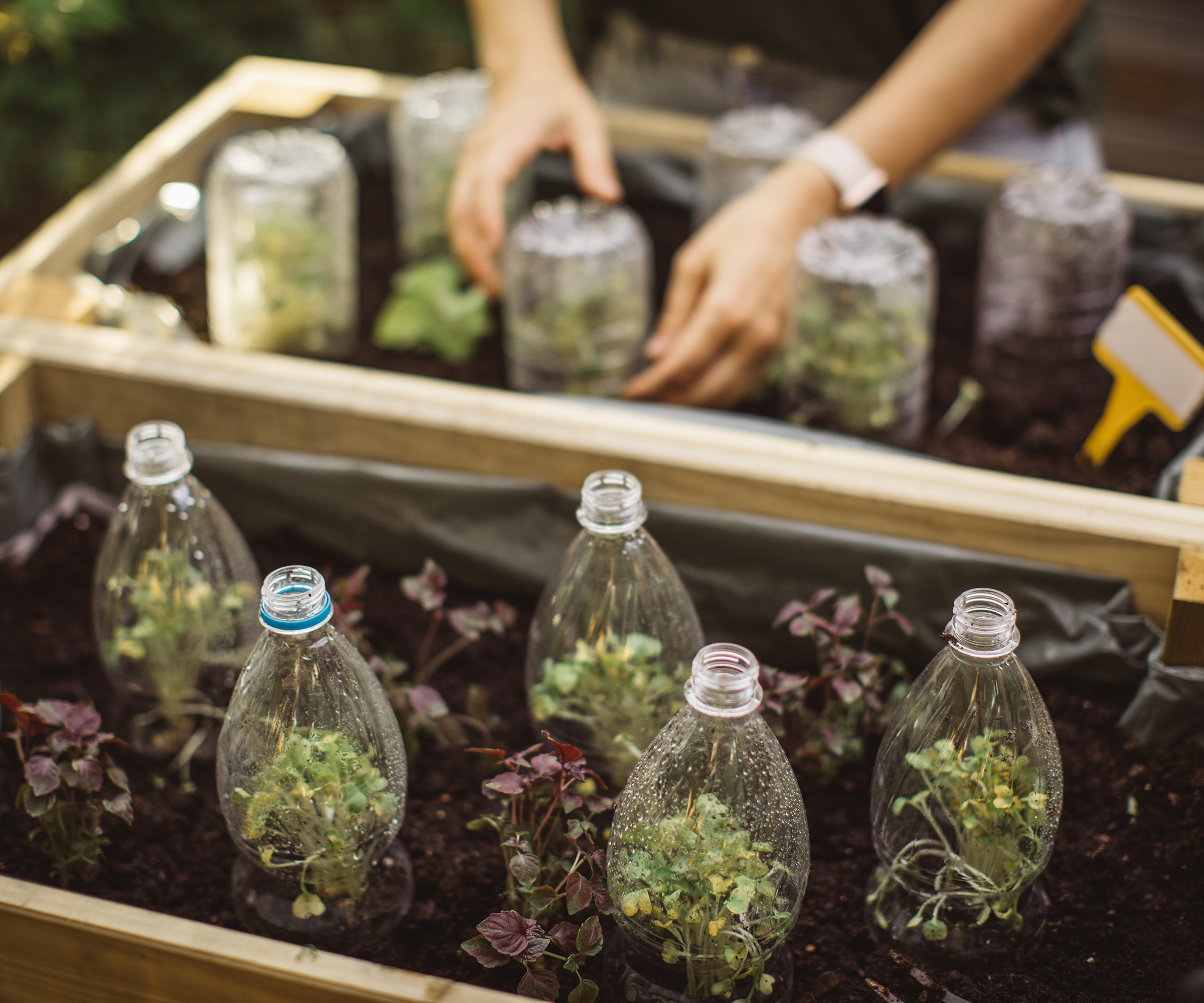
'Large plastic mineral water or soda bottles with the bottom cut off can be used to protect plants from frost,' says Sarah Wilson.
'These make brilliant cloches that fit neatly over small plants, and can be pushed into the soil easily. They offer a degree of ventilation too, which is good for plants,' she adds.
FAQs
Does cardboard stop weeds?
Covering your beds with cardboard cuts off weeds' access to light and therefore their ability to photosynthesise.
You will need to leave it on for at least a month to ensure you've killed off the weeds properly. Using cardboard negates the need for chemical weed killers which can affect wildlife in your garden.
Using cardboard on your beds and borders has the added bonus of warming up the soil.
Reusing and recycling waste in our backyards is also a good way of keeping costs down after an expensive time of the year.
You might be wondering about other ways you can improve your garden in the new year. Why not look at the dos and don'ts of planning a garden to avoid any costly errors.







